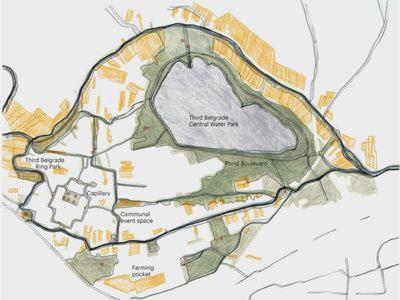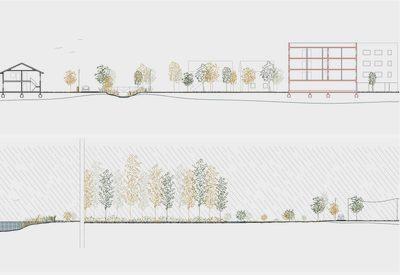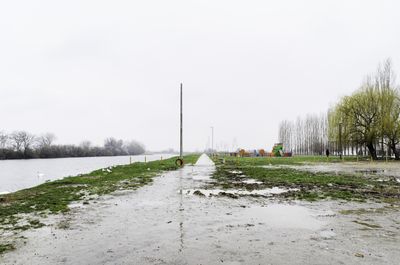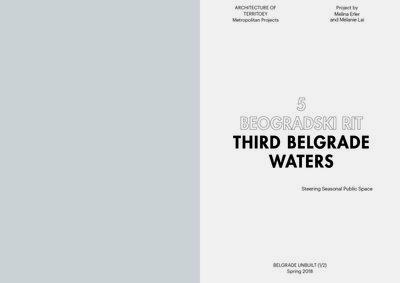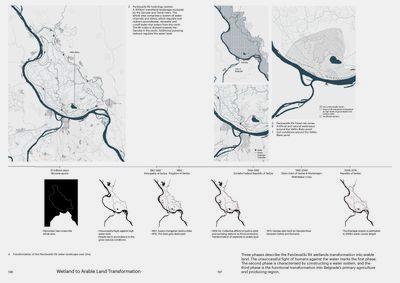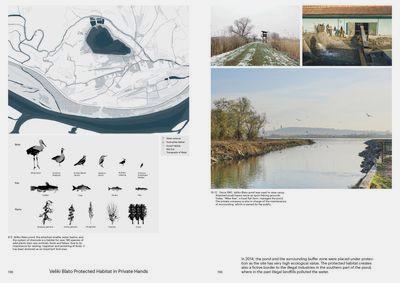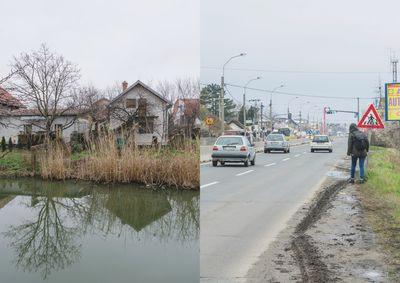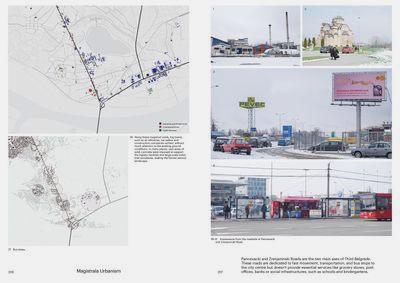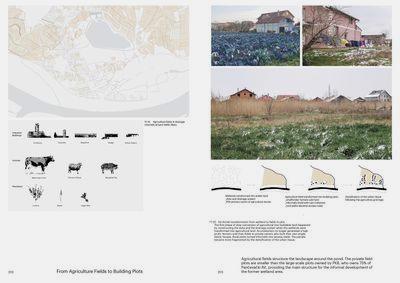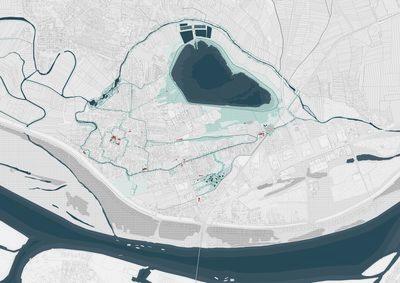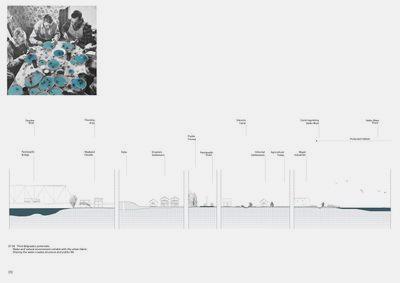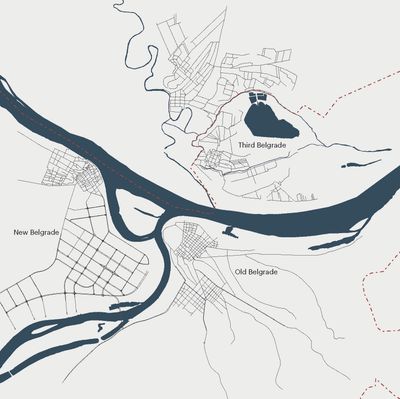Beogradski ŘitThird Belgrade Waters: Steering Seasonal Public SpaceMelina Ehrler and Mélanie Lai
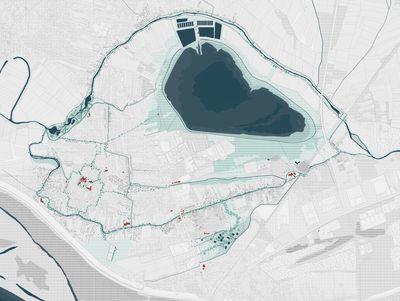
A large body of water in the north of Belgrade is all that remained of the Pannonian Sea, which used to cover the entire basin beyond the Danube River in prehistoric times. Since 1961, when the lake was populated with many fish species, four small basins in the north of the lake have been used to raise fish. During summer, they also serve as sport-fishing grounds, while Veliko Blato, the main lake, is used as a feedlot for the larger fish. After the fishing season, the smaller basins are being emptied every year. Inaccessible wetlands form a shallow pond used for carp-breeding by a private company. In the early 2010s, illegal dumping created a landfill south of the lake, polluting the water and hastening to protect the lake in 2017. Veliko Blato is still not suitable for swimming and bathing due to the large quantities of contaminated mud. Still, it has very high ecological value as a habitat for birds and fish.
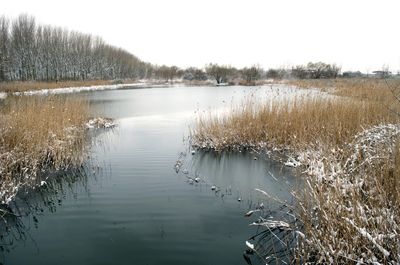
The surrounding landscape is characterised by growing settlements developing along an agricultural grid with several large scale construction endeavours, starting to break with the informal pattern. Additionally, vital industrial facilities like the oil refinery and rail and highway transportation speed up the urbanisation processes of the Third Belgrade. The area is part of the municipality of Palilula, one of the biggest and fastest-growing in Belgrade, spreading all along the northern banks of the Danube. Two bridges connect it to the city (a third is in planning), making it increasingly attractive for commuters and businesses alike. As a city crossed by two rivers and many remaining wetlands, Belgrade arguably finds its greatest public asset in the form of water bodies. While some have been entirely urbanised, like the river embankments and leisure islands, the pond of Third Belgrade remains shrouded in private interests and hidden behind an impenetrable wall of greenery.
The project Third Belgrade Waters: Steering Seasonal Public Space explores how the qualities of a seasonal wetland landscape can be understood to steer needed public space for the rapidly expanding metropolis without falling victim to speculation or informal development. The heart of the new Beogradski Řit system is Veliko Blato, a defined unbuilt space dedicated to vital habitats for plants and animals. The central vein, the boulevard, is extended with ring pockets parks, used as retention areas, these buffer lands will protect the urban fabric of Third Belgrade from floods. The smaller capillaries, composed of small pockets and sub-paths, flow into the boulevard and provide seasonal public space to the area.
